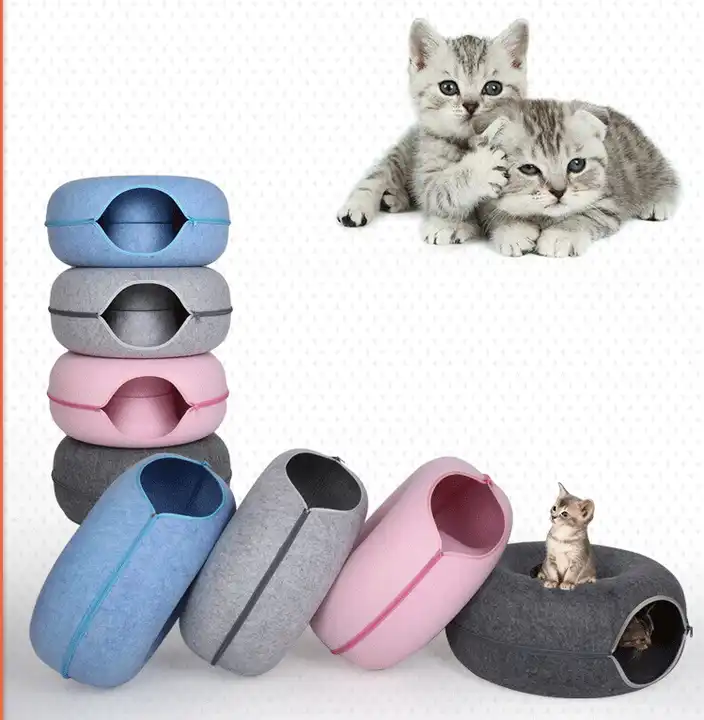The Benefits and Applications of Wood Wool Panels
Wood wool panels, also known as wood wool cement boards or wood wool acoustic panels, have emerged as a highly versatile and eco-friendly building material in recent years. Made from strands of wood placed in a binder, usually cement, these panels exhibit a range of beneficial features that make them suitable for various applications in construction, acoustics, and interior design.
One of the most notable characteristics of wood wool panels is their excellent acoustic properties. Due to their unique structure, wood wool panels can significantly reduce noise levels in both residential and commercial spaces. They are ideal for rooms where sound control is crucial, such as theaters, recording studios, or conference rooms. The porous nature of the panels allows them to absorb sound waves, preventing echo and enhancing speech intelligibility. Consequently, they have become increasingly popular in urban environments where noise pollution presents a challenge.
In addition to their acoustic performance, wood wool panels offer thermal insulation benefits. The natural wood fibers trap air within their structure, providing effective insulation against temperature fluctuations. This thermal performance contributes to energy efficiency in buildings by reducing the need for heating and cooling systems. As energy costs continue to rise and environmental concerns grow, the demand for materials that contribute to energy efficiency is also increasing. Wood wool panels meet this demand while adding a warm, natural aesthetic to interiors.
Furthermore, the sustainability of wood wool panels cannot be overlooked. Made primarily from natural, renewable materials, these panels are often sourced from sustainably managed forests. Their production process is generally low in carbon emissions, making them an environmentally friendly choice for conscious consumers and builders. Using wood wool panels can contribute to LEED (Leadership in Energy and Environmental Design) certification for green building projects, encouraging the use of sustainable practices in construction.
wood wool panels

Another major advantage of wood wool panels is their lightweight yet durable composition. Unlike heavier materials, wood wool panels are easy to handle and install, which can significantly reduce labor costs during construction. They are also resistant to fire and offer good resistance to moisture, making them suitable for various environments, including humid or damp areas like bathrooms and kitchens. This versatility extends to their aesthetic appeal—wood wool panels can be painted or finished to suit a variety of design styles, from rustic to contemporary.
In terms of applications, wood wool panels are used extensively in both interior and exterior settings. Beyond their acoustic and thermal insulation functions, they can serve as decorative wall finishes, ceiling panels, and even as part of modular building systems. In commercial spaces, they are often incorporated into offices, retail stores, and educational institutions to create comfortable, inviting atmospheres. On the residential side, homeowners are increasingly opting for wood wool panels in living rooms, bedrooms, and home theaters to create a serene environment.
Moreover, as the trend toward open-plan living continues, the need for effective sound management has become even more critical. Wood wool panels are successfully utilized to create designated quiet areas in large spaces, ensuring privacy without compromising the aesthetic flow of the design. Their versatility allows for creative applications, such as feature walls that also serve functional purposes.
In conclusion, wood wool panels are an innovative building material that provides numerous advantages, including excellent acoustic performance, thermal insulation, sustainability, lightweight durability, and aesthetic diversity. As the construction and design industries increasingly focus on sustainability and energy efficiency, wood wool panels stand out as a valuable option for architects and builders striving to create innovative and environmentally friendly spaces. Whether for commercial or residential applications, these panels offer a unique combination of functionality and beauty, making them a wise choice for modern-day construction projects.
